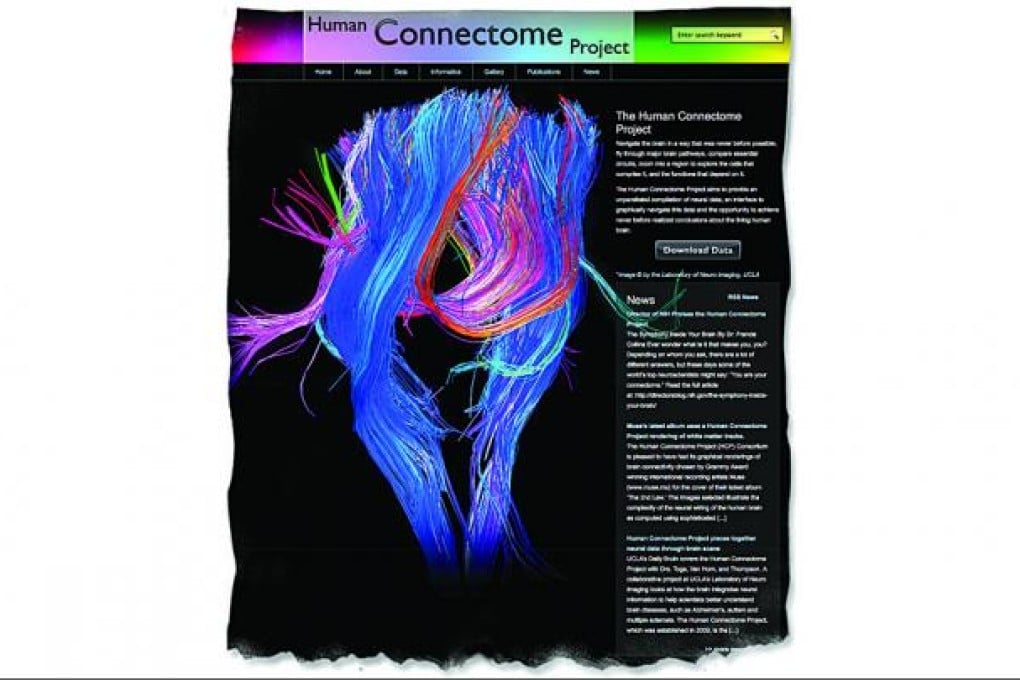Mapping human brain may unravel mystery of the mind
Creating a diagram of the intricate connections of the brain could lead to key medical advances

If asked to name a region that is poorly known and unmapped, perhaps you would suggest a remote part of Africa, or Antarctica, or the ocean floor. But not, I think, your brain.
Although humans have explored the earth and gained insights into far flung reaches of the universe, our brains remain mysterious. Indeed, the human brain has been described as the most complex structure known to mankind.
Some basic features are familiar, like the intricately folded surface, the cerebrum with its four lobes, the cerebellum or "little brain", and the limbic system or "emotional brain". Partly from experiments on people who have suffered brain damage, we have some understanding of what happens in these regions. Yet details are scarce, which is unsurprising given each adult brain contains dense networks of nerve fibres, called axons that may have a total length of more than 150,000 kilometres.
Now, work is under way on a map showing how the axons are arranged, and detailing the brain's connectivity. The map has been dubbed the connectome, a term coined separately in 2005 by neuroscientists Dr Patric Hagmann at Lausanne University Hospital, Switzerland, and Dr Olaf Sporns at Indiana University, US.
The Human Connectome Project was launched by the US National Institute of Health, which in 2010 awarded US$40 million to two consortiums at work on mapping. Much of the money was for sophisticated and new magnetic resonance imaging (MRI) platforms. "The HCP is truly a grand and critical challenge: to map the wiring diagram of the entire, living human brain," said Thomas Insel, director of the National Institute of Mental Health.
This would not be the first time a connectome had been mapped, but the only example to date was for a tiny worm with just 302 neurons - nerve cells that typically include axons. By slicing up their bodies and examining them with electron microscopes, researchers produced a detailed wiring diagram. Though the process seems simple, it took around 10 years to create the diagram, and another two decades before a more comprehensive version was published.
